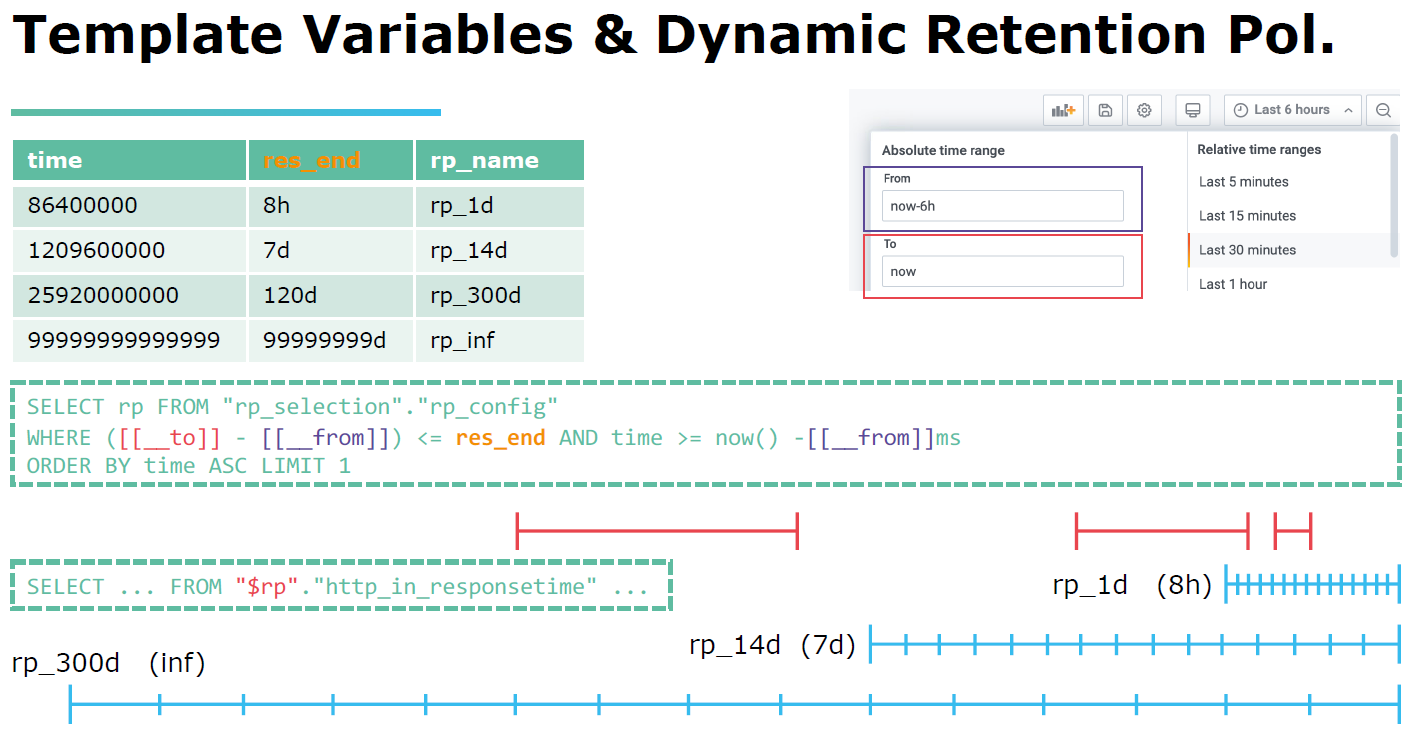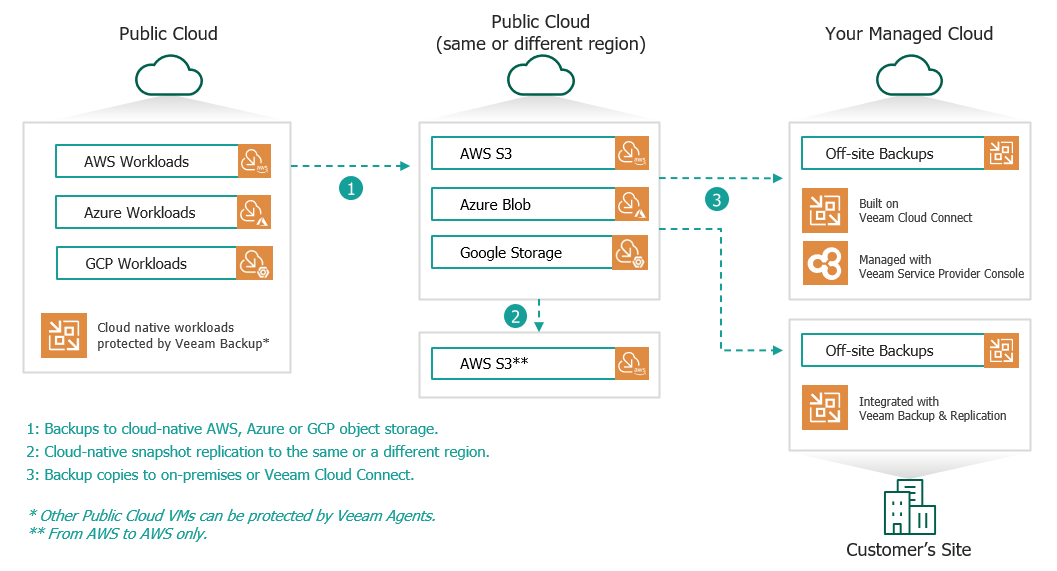

The only workable solution for us was to make Too requires time-based GFS retention to ensure the retention can be processedĬorrectly and independently of backup or backup copy job runs

(because once the backup file is created, it is immutable).Īrchive Tier: these, again, require time-based GFS retention to correctly set Set the WORM unlock time, but they obviously cannot support backup file merges Repository: not only did these require time-based GFS retention to correctly Merges are not compatible with any of them: But it was almost a joke to see how theĬurrent backup copy job restore-point based retention and its full backup

What we changed in V11 (and why)Īs you already know, V11 comes with a whole Which prevents using WORM (Write Once Read Many) backup storage in principle. Required modifying the full backup files in place after they have been created, It also could delay theĪbility to offload GFS points tiered to cloud object storage. To this method are that the retention policy would be applied based on theĪmount of backup points in the chain, not the age of these points. This marked point, it would leave behind a full backup copy point. When the full backup point within the forever forward incremental chain reached The backup point in this scenario would be an incremental, but Which was supposed to be a GFS point, the backup file would be marked to save When GFS was enabled, during the job run day, Each time the chain moved forward, the oldest incremental was Pac-Man eating a never-ending chain of dots or This chain wouldĬonsist of one full backup point with a series of incrementals in front of it. Incremental chain based on the configured retention policy. When creating a backup copy job, there would be a forever forward Versions of Veeam Backup & Replication will help clarify how to prepare for How backup copy GFS retention worked before V11įirst, let’s look at how GFS in backup copy Starting in Veeam Backup & Replication v11, there will be some changes to how GFS is handled in backup copy jobs and some new best practice configurations.

There are many reasons for these archival points, like keeping track of configuration changes and data retention compliance. These archival points allow customers to save a point-in-time full copies of their data in intervals of weeks, months, quarters and years. It is the term used for archival retention points originally in just backup copy jobs, but now it’s available in traditional backup jobs in more recent versions. One of the first features added to Veeam Backup & Replication was backup copy jobs, and with backup copy jobs, we added GFS.


 0 kommentar(er)
0 kommentar(er)
